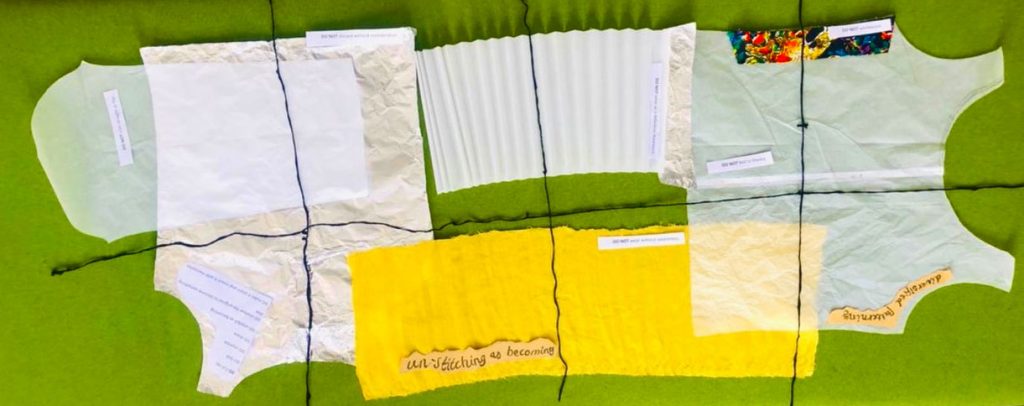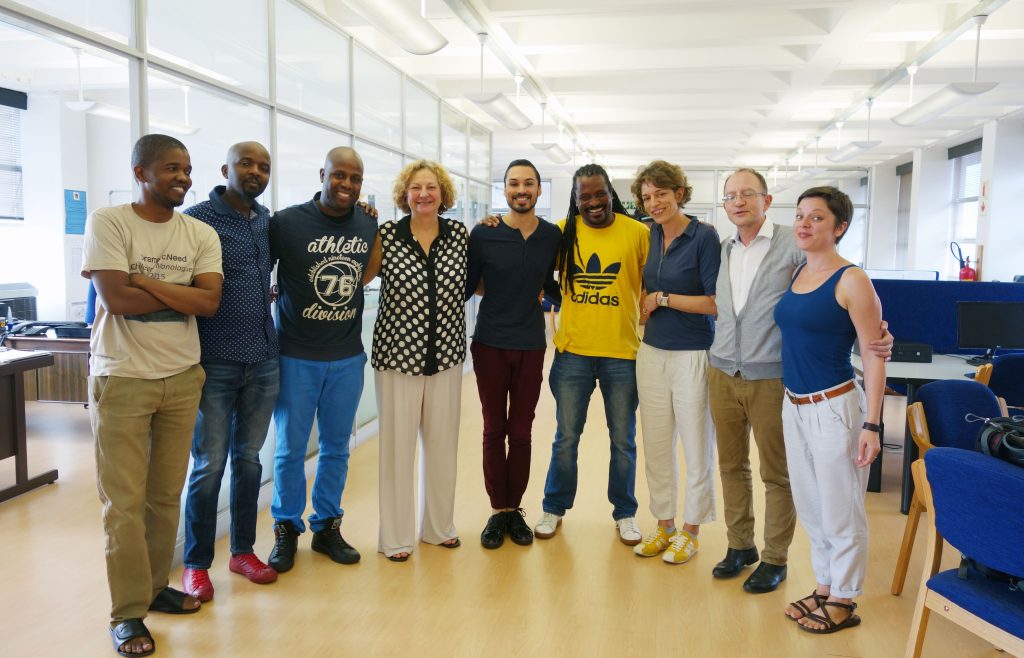Critical Diversity Literacy through Arts & Further Education (CDL)
An interdisciplinary and transnational research and development project between two partner institutions in South Africa and Switzerland.

Context
Today’s rapid transformation processes are associated with global challenges such as climate change, migration and artificial intelligence. At a local level, these cultural and social changes create uncertainties and tensions. New learning spaces and meeting zones are needed in order to find a productive way for dealing with these shifting power dynamics. In these spaces, the monopoly of interpretation of identities can be contested, the unequal distribution of access to resources can be problematized, the existing or non-existent opportunities for participation can be interrogated and the (im)possibilities of co-designing a fairer environment can be criticized. Through the creation of “contact zones” – inserted as dialogue spaces – the questioning of normed and normalized positions becomes possible, allowing a joint imagining of nuanced (new) positions.
We understand “Critical Diversity Literacy” as an analytical tool that helps us to learn to read our environments and to develop new imaginations in critical-collective practices.
The key component of our project, which was initiated in 2016, is the transnational research exchange between the Chairs for art and theatre education and adult education/further education at the University of Applied Sciences and Arts Northwestern Switzerland and the Wits Centre for Diversity Studies at the University of the Witwatersrand in Johannesburg, which is headed by Professor Dr. Melissa Steyn.

Melissa Steyn provides with the conceptual framing of CDL the theoretical and analytical basis for the transnational research and development project “Critical Diversity Literacy arts & further education”. Informed by theories and practices of the arts, this project ambitions to conceptualize and open up spaces for theory-based education settings. Social and cultural power relations are analyzed in collective exchanges in regard to their histories and their current resonances. Attributions and normative positions towards “others” and the associated processes of inclusion and exclusion are also part of this reflection.
Artistic processes and contact zones
We understand art as a socially encoded, situated, positioned and embodied practice undertaken by specific actors who use various means of expressions encoded in specific canons and traditions, responding through their art making in a variety of ways to their environments and cultural contexts. The tools activated therein and the knowledge associated with them are a prerequisite for artistic action and – in resonance with technological and societal transformations – are subject to constant change. In its various manifestations, art can render our realities ambiguous; it can disrupt and expand “ordinary” everyday life (whether through utopian or dystopian scenarios). Thanks to their haptic, sensual qualities, works of art can cross a seemingly given, normed reality, enriching it with further imaginations which may deploy the power carrying us towards a fictional, “alienated” now.
“Contact zones” are forms of collectively created spaces in which different social and cultural positions encounter each other (Pratt 1996). The concept of the “contact zone” is activated in feminist theory, critical race theory and postcolonial studies (see Sternfeld 2013). Contact zones “are constituted by reciprocal movement of people, objects, messages, commodities and money” (Clifford 1997).
We investigate how and under what conditions contact zones can be constellated, in which analytically distanced reflection on contentious relationships and powerful relations can take place. When creating contact zones informed by premises of “Critical Diversity Literacy, Arts and Further Education”, we wish to develop a deeper understanding of the dynamics of social power relations and the processes of inclusion and exclusion that accompany them.
In a collective move, we wish to co-create a grammar of development focusing on perspectives that make a different, better human coexistence imaginable and that reveal pathways for becoming active in order to shape our futures.
Objectives
The goals of the multi-year research project were and are:
- the creation of spaces for a critical-performative reading practice as an analytical orientation (to learn to read) and development grammar, i.e. the deployment of strategies for a more acute awareness of power asymmetries at play and for a collective drive to diversity-orientated pathways towards action.
- the development of innovative analytical tools that promote an understanding of critical diversity in different social contexts
- the multiplication of the insights gained in Switzerland and South Africa and the dissemination of the findings through workshops, colloquia, podcast productions and publications.
- the development of didactic design practices that emerge from the interaction with the arts in resonance with the productive crossings of boundaries.
- the creation of a repertoire ((un)tool kit) towards a constellation of situations and settings in context of further education.